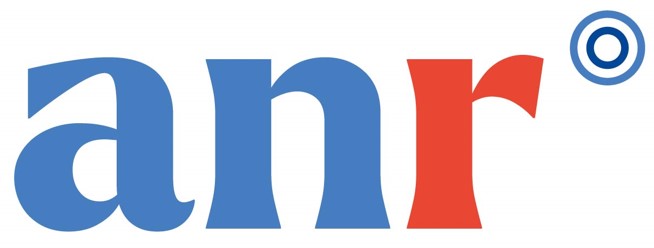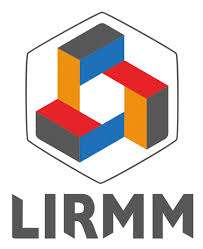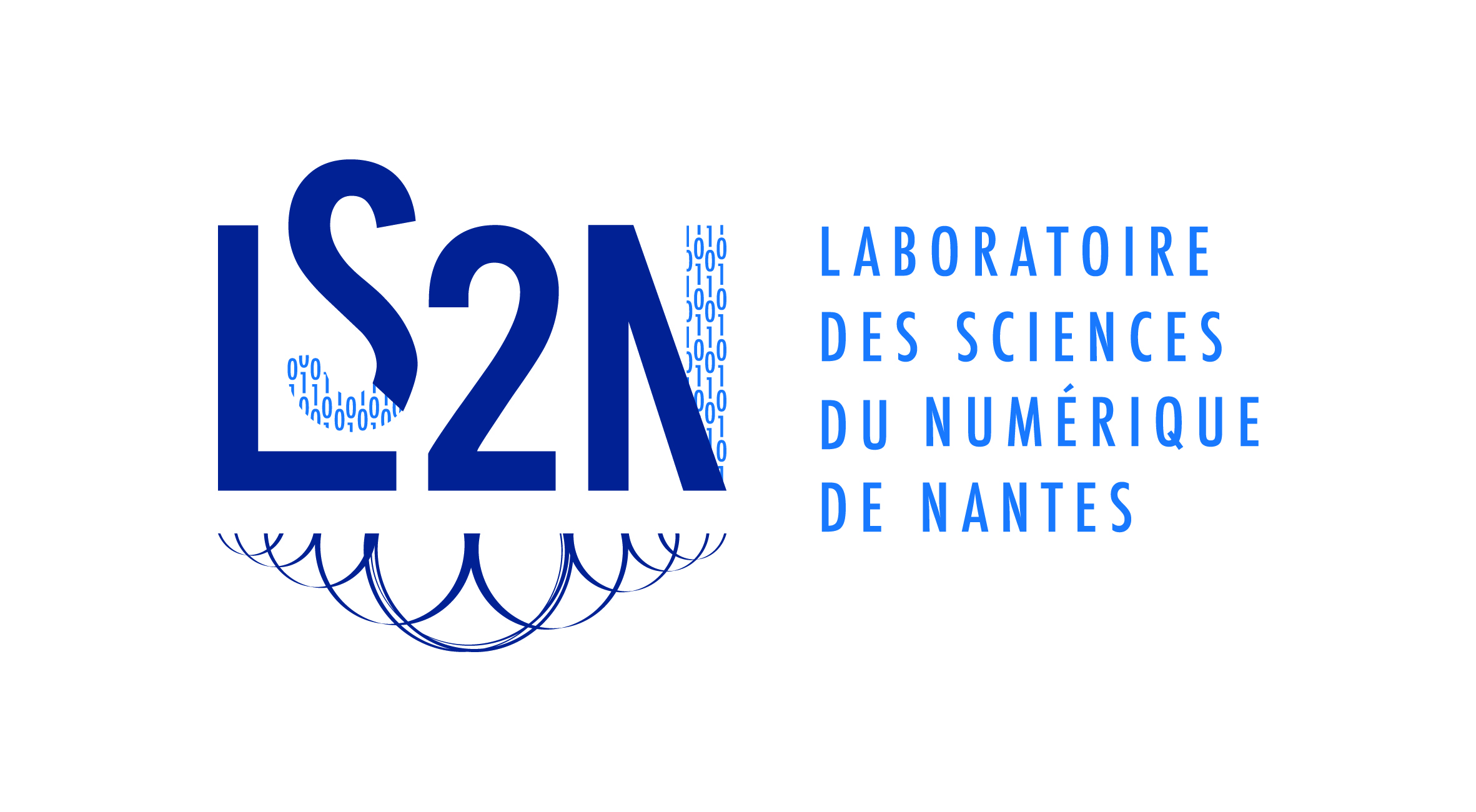Research projects : ElectroKarst
Conception and experimentation of poly-articulated subaquatic robot, embedding electric-sense capabilities in order to autonomously visit a confined subaquatic environement, as Karst.

















This research initiative has been supported and funded by :



